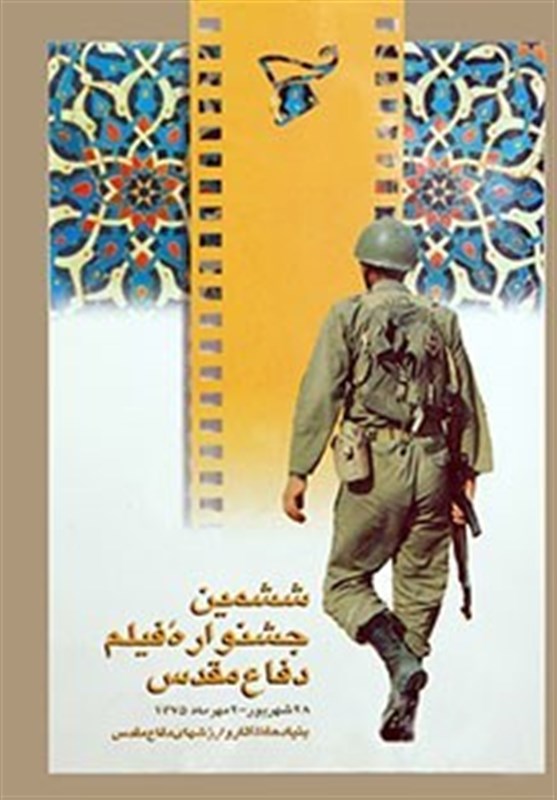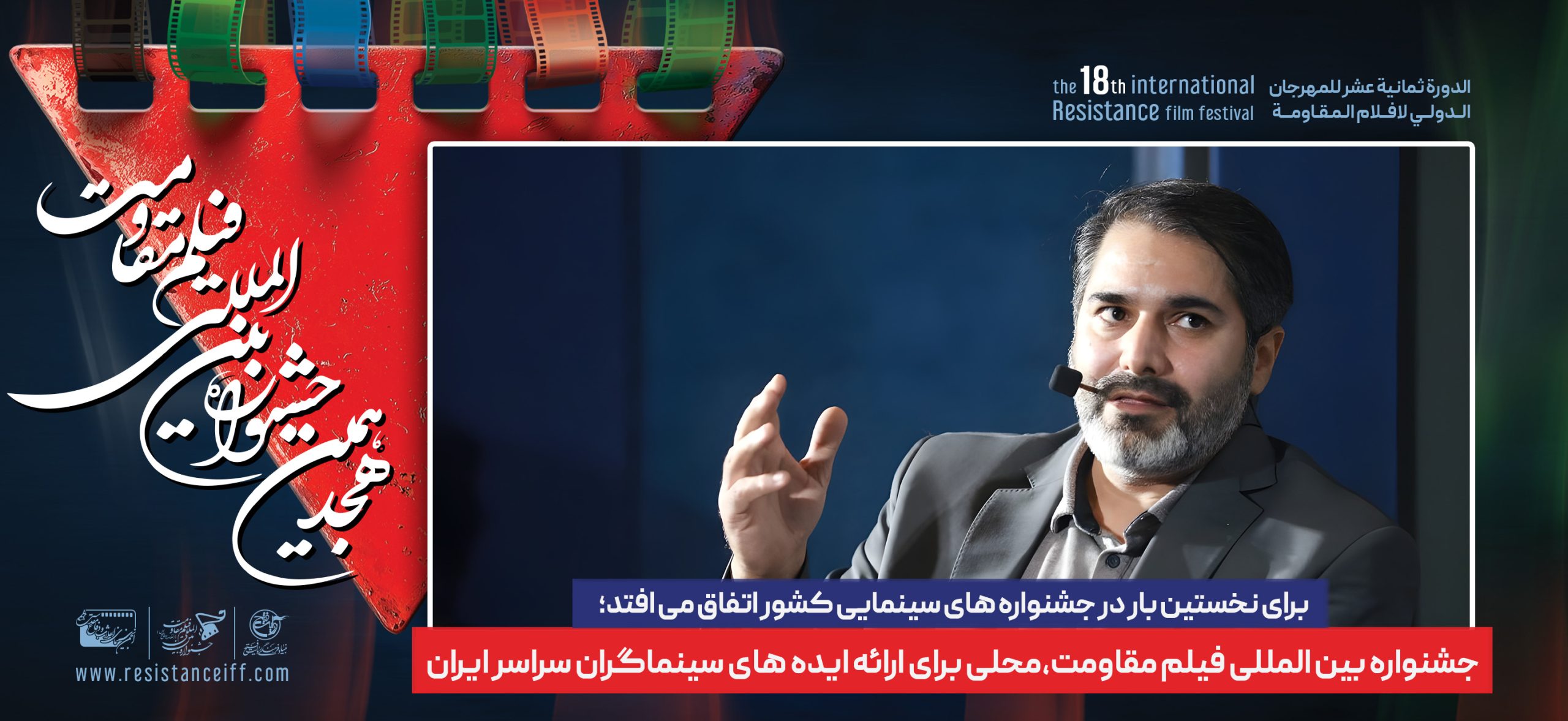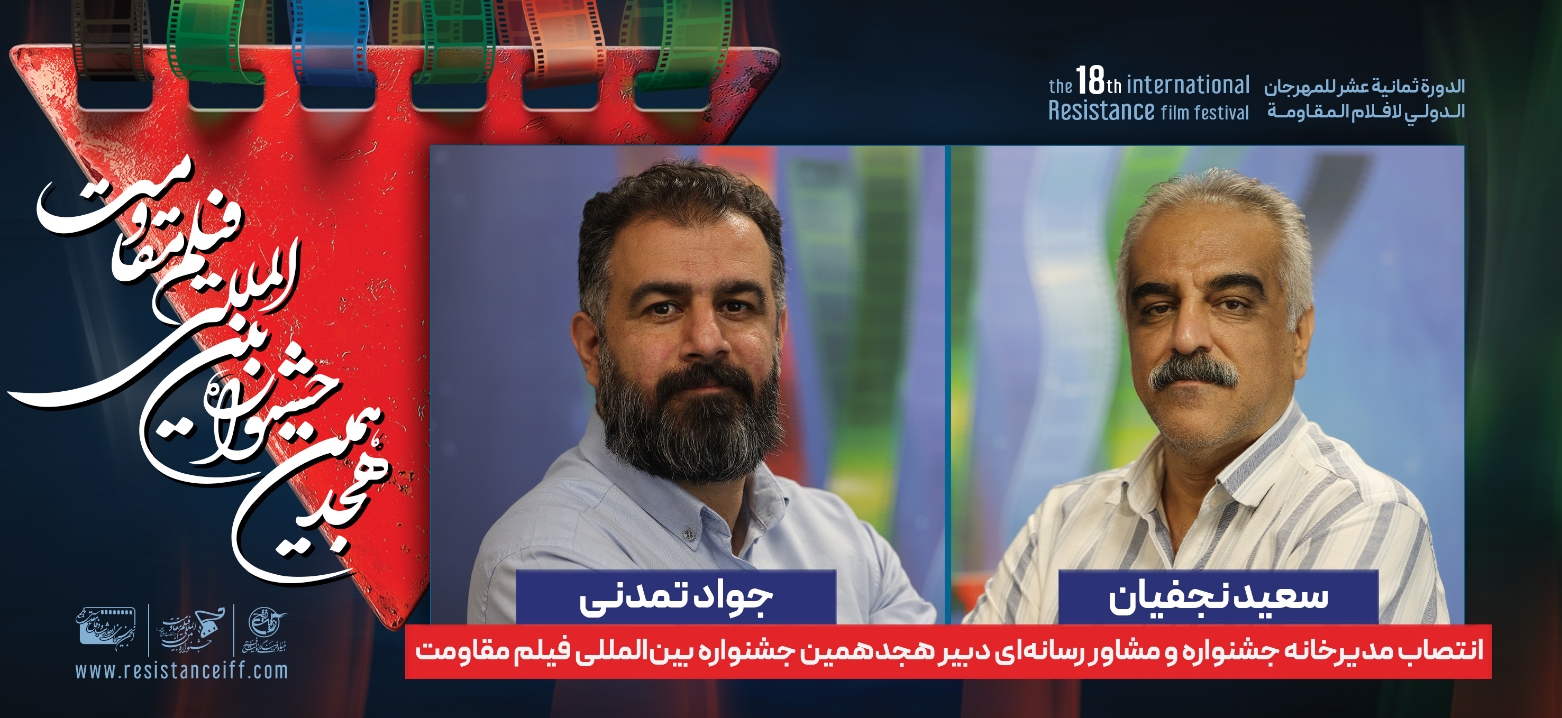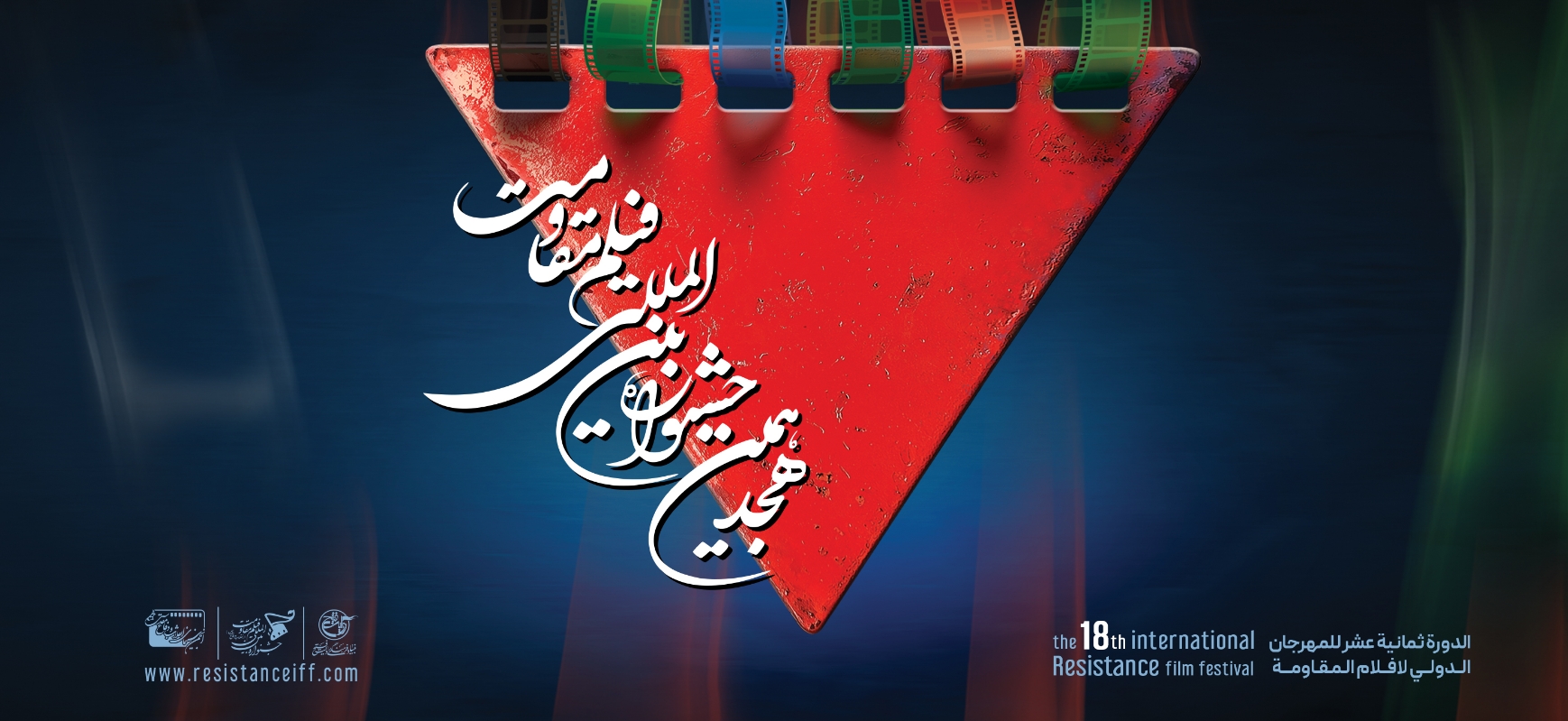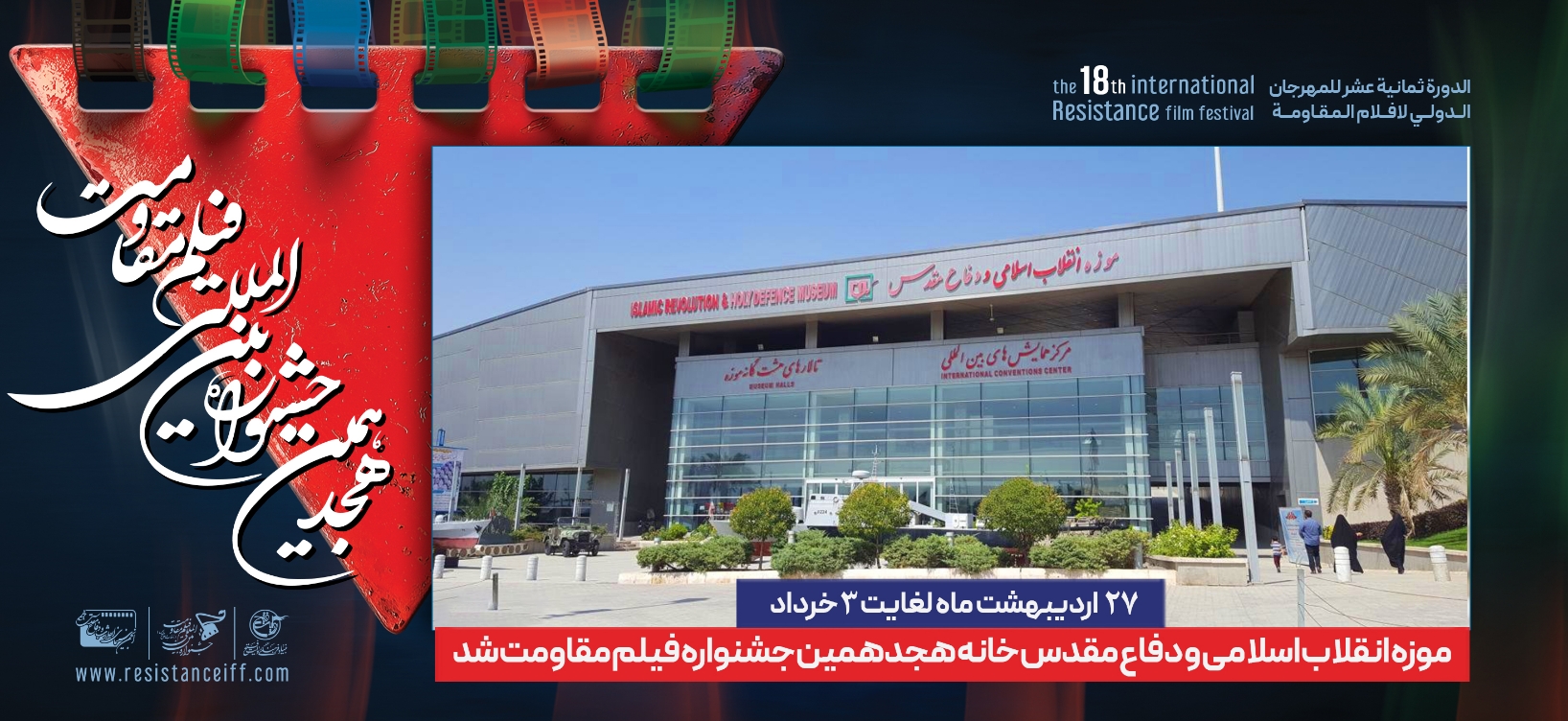The 6th International Resistance Film Festival was held from September 18 to October 2, 1996, with the late Habibollah Kasesaz as its secretary; Kasesaz, 34, who until that year was more active in acting than filmmaking. The secretary of the 6th Resistance Festival that year was faced with a multitude of films on the subject of the 8 years of sacred defense, and nothing else was expected. Because the war had just ended and people were still dealing with its consequences and memories.
“The Last Stage,” directed and written by Mohsen Mohseni-Nasab and produced by the Center for the Development of Documentary and Experimental Cinema, dealt with the issue of chemical attacks in Iraq. In this film, a chemist tries to counter the enemy’s chemical attacks; the music for this work is composed by Naser Cheshmazar. But when it comes to the film’s music, it is the music for “The Smell of Joseph’s Shirt,” by Ebrahim Hatamikia, that will remain in this era. The music for this film is by Majid Entezami. Hatamikia has tried to move forward with the themes of his time since the beginning of his filmmaking career, and in that year, the post-war prisoners were the most concerned, and he began making this work.
But “Journey to Chezabeh” was also present in this period, a lasting work by Rasoul Malaqlipour, whose subject also went back to the period after the imposed war. After the imposed war, a group of cinema artists traveled to Chezabeh at the invitation of an organization to visit the region. Several of them were present at the front during the imposed war. They remember the bravery of the Basij and IRGC brothers in the region, and the film portrays their sacrifices by returning to the past…
When we examine the works present at the sixth edition of the Resistance Festival, we encounter a multitude of prominent works of this cinema genre that claimed to be progressive in their type and period in cinematographic works. In those days, the Center for the Development of Documentary and Experimental Cinema was responsible for producing landmark works such as “Journey to Chazabeh” or “The Final Stage,” and we see today how much the functioning of these organizations has changed. In the same year, the Center for the Development of Documentary and Experimental Cinema was also responsible for producing the film “Mackle” by Abdolhossein Barzideh; this film dealt with the siege of Abadan and showed the resistance of the central core of this city. In those years, the issue of bombing the country’s oil refineries was also very hot, so Dariush Farhang, with the production of the Cultural Advisory Department of the Ministry of Oil and the Farabi Cinema Foundation, made the film “The Path of Honor” to address this issue. In this film, two Iranian engineers carry out a secret project, carrying out which no one will know about the existence of these three refineries, and this secret will remain a secret until the end of this imposed war.
Another prominent film of this period was “Attack on H3,” in which the Iranian Air Force headquarters, in extraordinary meetings, plan to bomb three Iraqi bases located near the Jordanian border. The film’s director, “Shahriar Bahrani,” depicts Iraq, which is faced with Iranian air superiority and foresees the imminent breaking of the siege of Abadan, deciding to move its strategic aircraft to three very remote bases near the Jordanian border to protect them, and the other side of the story is the Iranian Air Force, which wants to carry out an impractical and seemingly impossible plan to bomb it. This work is a product of the art center.
“Line of Fire” was made by “Seyyed Ali Sajjadi-Hosseini and Seyyed Farid Sajjadi-Hosseini” and tells the story of a five-member group of Iranian commandos entering Iraqi territory with an overseas operation. At the very beginning, they encounter an Iraqi group torturing two prisoners and are forced to engage them. This conflict jeopardizes their main mission.
During this same period, Kamal Tabrizi takes his first steps in making fun of war with the film “Leili is with me.” Perhaps (you should read it) in those years there were those who had trouble even with comedy, let alone wanting it to take place in the heart of a narrative of the Holy Defense. As soon as the name of this film comes up, all those who have watched it immediately think of Mahmoud Azizi and Parviz Parastoi; because Parastoi, with his delicate acting, accompanied the mood of war at the very moment he made the audience laugh and showed another side of the years of defense. Watching Parstoi’s performances in those years, such as “Lily is with me – The Glass Agency – A Madman Jumped Out of the Cage – Mad Willow and…” makes one yearn for that period and his films. When we compare the films he starred in in the past with his pseudo-films today, it may be hard to believe that this is the same Parstoi.
Let’s go back to the Resistance Festival; about 20 other films filled the festival’s “Featured Fiction” section during this period, but there was one thing missing. Unlike in its previous period, the international section of the festival was literally “abandoned”, but in this period there were no works of international cinema or world works, which is a major weakness. Usually, the first step in anything is always the hardest step, the next steps are easier. Naturally, this section was easier to attend than the previous year, but why it was left empty is a question worth pondering and seems to have no justification.
The sixth edition of the Resistance Film Festival hosted a total of 25 feature films, 19 video and television works, 12 short films, and 11 promotional methods such as trailers, posters, etc. Among these works, the winners are as follows:
*Feature films
Best Director: Abdolhassan Barzideh for the film Makl
Nominees: Shahriar Bahrani (Attack on Edge 3), Ahmadreza Darvish (Alchemy), Ebrahim Hatamikia (Minoo Tower), Rasoul Malaqlipour (Journey to Chazabeh)
Best Producer: Lauh T Jury

